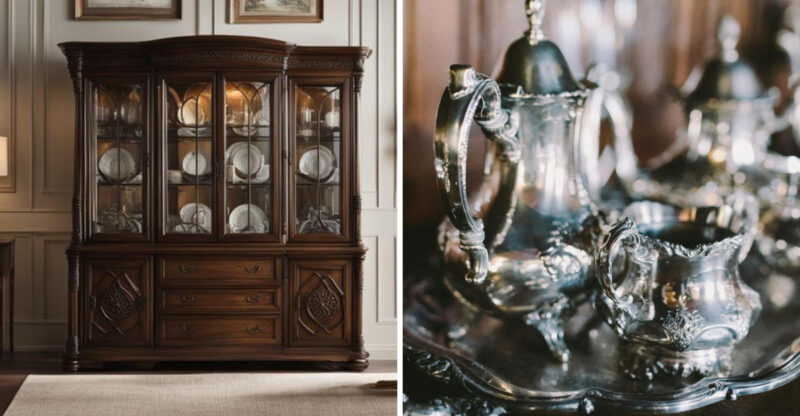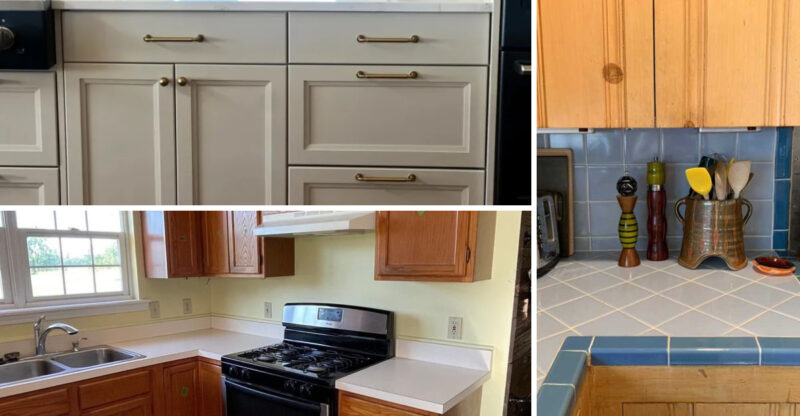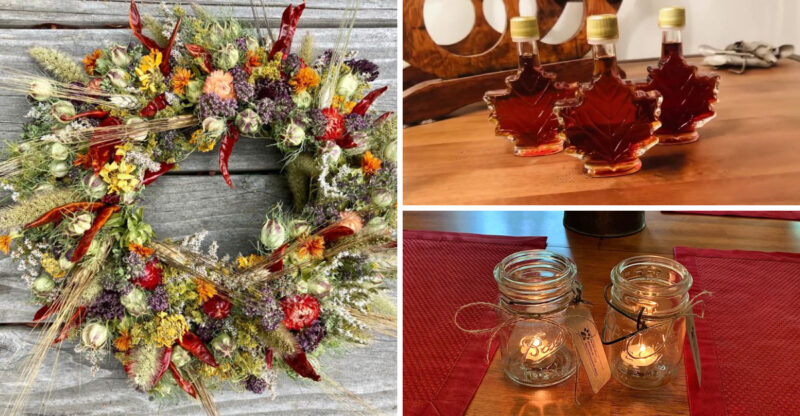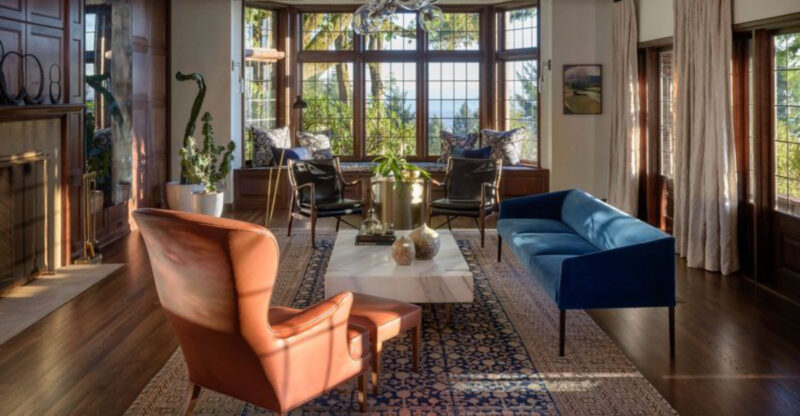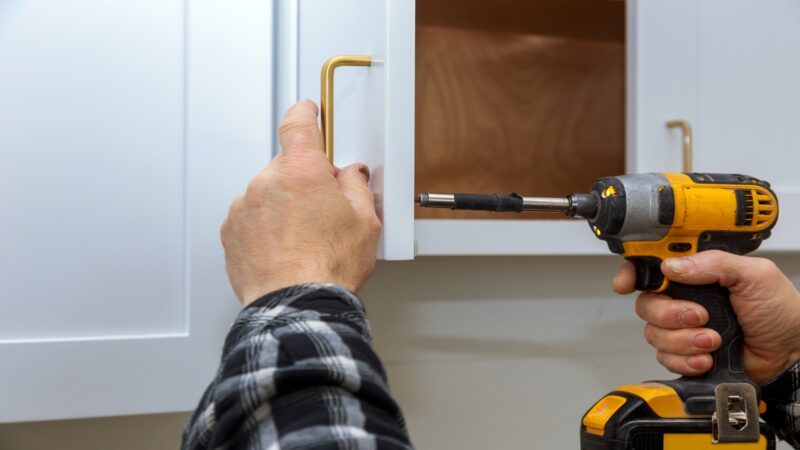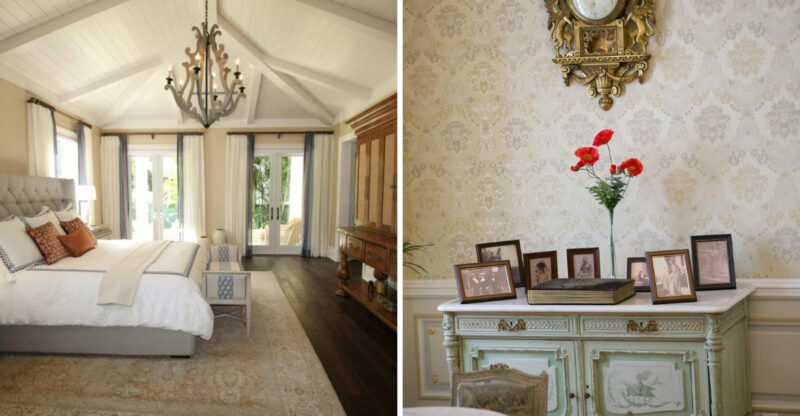9 Throwback Home Styles From The 1970s You May Have Seen Before
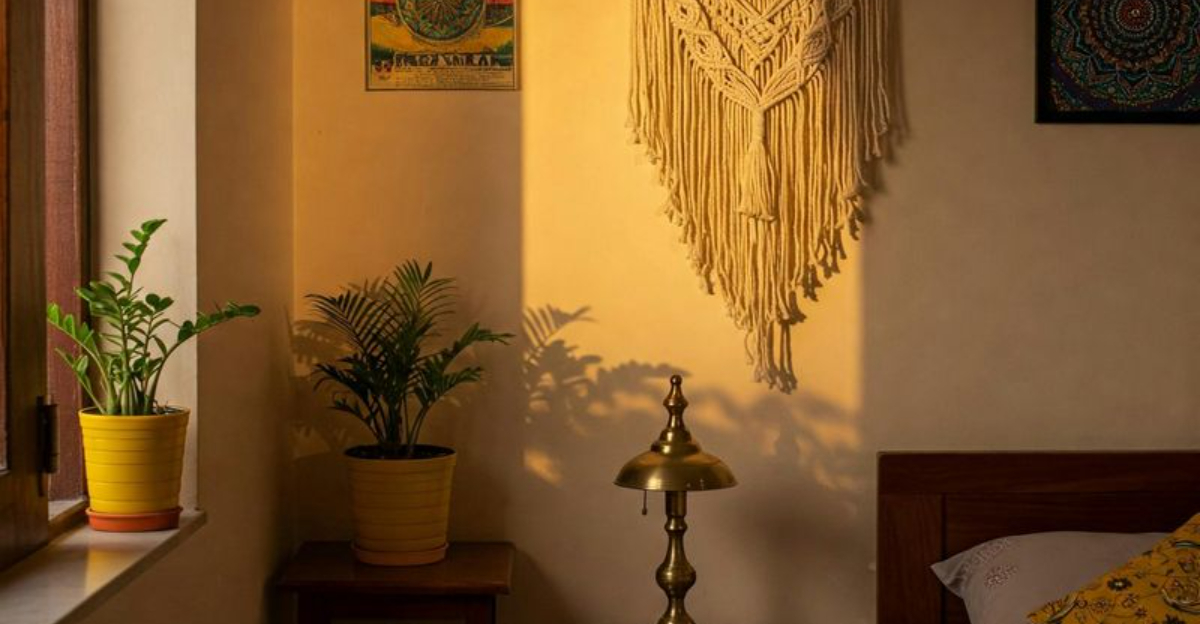
The 1970s was a bold era for home design, full of vibrant colors, distinctive patterns, and memorable architectural details. Many of these unique styles still appear in older homes, vintage photos, or even your grandparents’ house.
While some elements are enjoying a modern revival, others may not translate well today, and results can vary depending on your home’s layout, lighting, and personal taste.
1. Avocado Green Kitchens
Avocado green dominated kitchen spaces during the ’70s with a color intensity that’s hard to forget. This distinctive yellowish-green hue appeared on everything from refrigerators and stoves to dishwashers and countertops, creating monochromatic cooking spaces that screamed 1970s sensibility.
Homemakers often paired these green appliances with equally bold wallpaper featuring vegetable patterns or geometric designs. The color was so prevalent that it became nearly impossible to sell a home without at least one avocado green feature.
While today’s kitchens have largely returned to whites, blacks, and stainless steel, that unmistakable green shade instantly transports anyone who sees it back to a time when matching your refrigerator to your blender was the height of kitchen fashion.
2. Macramé Wall Hangings
Knotted from natural cotton cord, macramé wall hangings transformed blank walls into textured artistic statements. These handcrafted pieces typically featured elaborate patterns of geometric shapes, with hanging fringe that swayed gently in the breeze.
Plant hangers were particularly popular macramé items, suspending spider plants and other greenery from ceilings in every room of the house. The craft became so widespread that macramé kits sold in craft stores, allowing homeowners to create their own wall art.
Though the original craze faded by the 1980s, today’s renewed interest in handmade goods and natural materials has brought macramé back into contemporary homes. Modern versions tend to be simpler and more minimalist than their ’70s counterparts, but they still capture that handcrafted, bohemian spirit that defined the original trend.
3. Geometric Patterned Wallpaper
Bold geometric wallpaper transformed ordinary walls into eye-popping visual experiences during the 1970s. Hexagons, circles, and angular shapes in contrasting colors created dramatic backdrops that sometimes induced headaches if you stared too long.
Homeowners often installed these dizzying patterns in entryways, dining rooms, and even bathrooms, frequently pairing them with equally bold solid colors on adjacent walls. The most memorable designs featured orange, brown, and avocado green color schemes that practically vibrated with visual energy.
While removing this tenacious wallpaper became a nightmare for future homeowners, its unmistakable patterns instantly identify a space as authentically ’70s. Modern interpretations of geometric wallpaper tend to use more subdued colors and larger-scale patterns that don’t overwhelm the senses quite as aggressively.
4. Velvet Sofas
Sinking into a plush velvet sofa was the height of luxury in 1970s living rooms. These statement pieces typically came in rich jewel tones like emerald green, royal blue, or burgundy, though burnt orange and chocolate brown were equally popular choices that matched the decade’s earthy color palette.
The soft, light-reflecting fabric created an immediate sense of opulence, even in middle-class homes. Many velvet sofas featured tufted backs, rolled arms, and wooden trim details that added to their substantial presence in the room.
Though they attracted dust and showed wear patterns quickly, these sofas symbolized comfort and sophistication. Today’s velvet furniture revival tends toward simpler, more streamlined shapes while maintaining the luxurious texture that made the original versions so appealing to touch.
5. Brass Light Fixtures
Gleaming brass light fixtures illuminated 1970s homes with a distinctive golden glow that screamed luxury. From elaborate chandeliers to wall sconces, this shiny metal appeared everywhere, often combined with smoked glass, crystal accents, or globe-shaped bulbs.
Swag lamps were particularly popular, with their chains draped dramatically across ceilings before descending to illuminate dining tables or reading nooks. Homeowners proudly displayed these fixtures as status symbols, regularly polishing them to maintain their brilliant shine.
While brass eventually fell out of favor for decades, it has recently made a significant comeback in modern homes. Today’s versions feature cleaner lines and less ornate details than their ’70s predecessors, but they still add that warm metallic glow that makes spaces feel instantly more elegant.
6. Faux Brick Accent Walls
Faux brick panels gave ordinary suburban homes that coveted urban loft feel without the construction hassle. Made from lightweight polyurethane or vinyl, these panels came in sheets that homeowners could easily install over existing walls to create instant architectural interest.
Most commonly found in dens, basements, and kitchens, these pretend brick surfaces typically showcased reddish-brown tones that complemented the era’s earthy color schemes. The more ambitious homeowners would whitewash their faux brick or use it as a backdrop for mounting shelves and artwork.
Though clearly artificial upon close inspection, these walls satisfied the decade’s desire for texture and visual warmth. Today’s faux brick options have become more realistic, but they still evoke that distinctive ’70s attempt to bring industrial chic into suburban homes.
7. Rattan Furniture
Woven from flexible palm stems, rattan furniture brought natural texture and tropical vibes into 1970s living spaces. Peacock chairs, papasan seats, headboards, and even dining sets showcased the distinctive woven patterns that defined this lightweight yet sturdy material.
Homeowners particularly loved how rattan created an indoor-outdoor feeling, connecting living rooms and sunporches to garden spaces beyond. Most pieces featured the natural tan color of the material, though some were painted white or black for added drama.
Though vulnerable to cats’ claws and occasionally prone to unraveling, these pieces symbolized the decade’s fascination with natural materials and exotic influences. Today’s rattan revival maintains the material’s airy appeal while updating the shapes for contemporary tastes, proving that this ’70s staple had staying power beyond its initial popularity.
8. Lava Lamps
Mesmerizing blobs of colored wax floating in clear liquid captivated 1970s homeowners who proudly displayed lava lamps as both lighting and entertainment. These iconic mood lights typically featured blue, red, or orange wax inside glass cylinders, creating ever-changing abstract shapes when heated by the bulb below.
Teenagers particularly loved these hypnotic accessories for bedrooms and dorm rooms, often pairing them with black light posters and beaded curtains for maximum psychedelic effect. The slow-moving wax formations created ambient lighting perfect for listening to records or having deep conversations.
Though they eventually became symbols of kitsch, lava lamps have enjoyed numerous revivals since their ’70s heyday. Modern versions come in updated colors and shapes, but still operate on the same simple principle that made the originals so fascinating to watch.
9. Wall-to-Wall Carpeting
Hardwood floors disappeared beneath waves of wall-to-wall carpeting during the 1970s, when covering every inch of flooring with soft textile became the ultimate home upgrade. Unlike area rugs, this carpeting extended literally from wall to wall, professionally installed and stretched to eliminate any gaps.
Homeowners selected from a rainbow of colors, though earth tones dominated with burnt orange, brown, and gold being particularly popular choices. Textured options like sculptured carpet featured varying pile heights that created subtle patterns even in solid colors.
While practical for noise reduction and warmth underfoot, these permanent floor coverings eventually fell from favor as hardwood regained popularity. The discovery of pristine oak or pine floors beneath aging 1970s carpet has become a renovation show staple, revealing how completely this trend dominated home design for nearly a decade.

